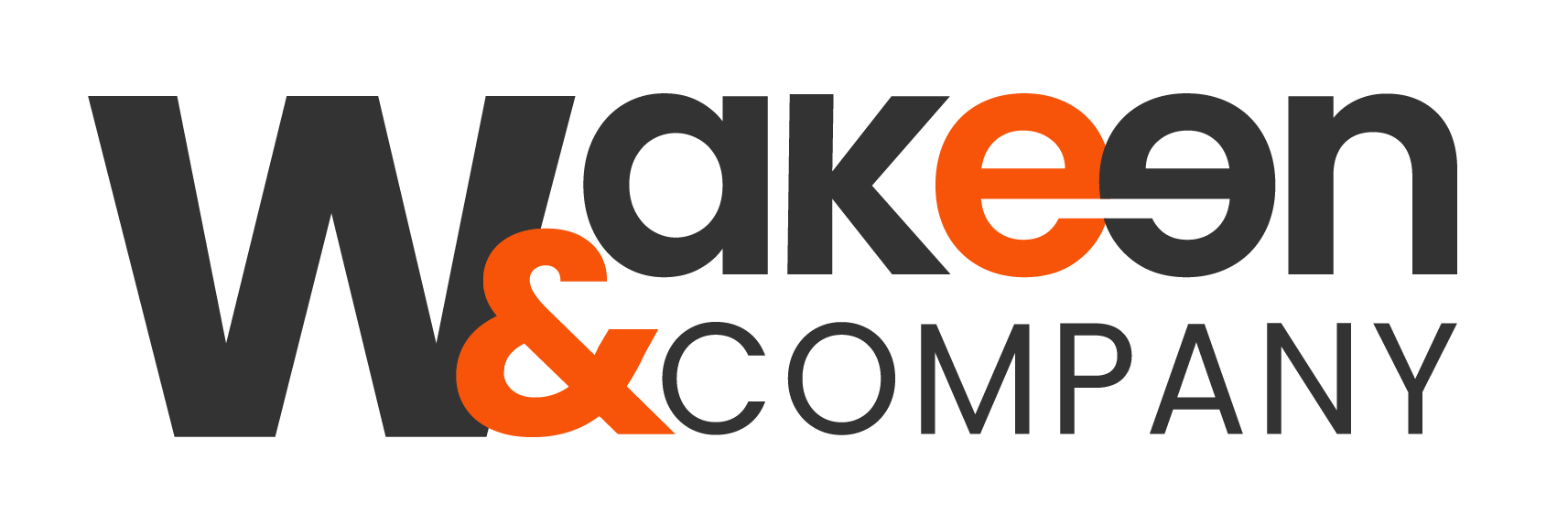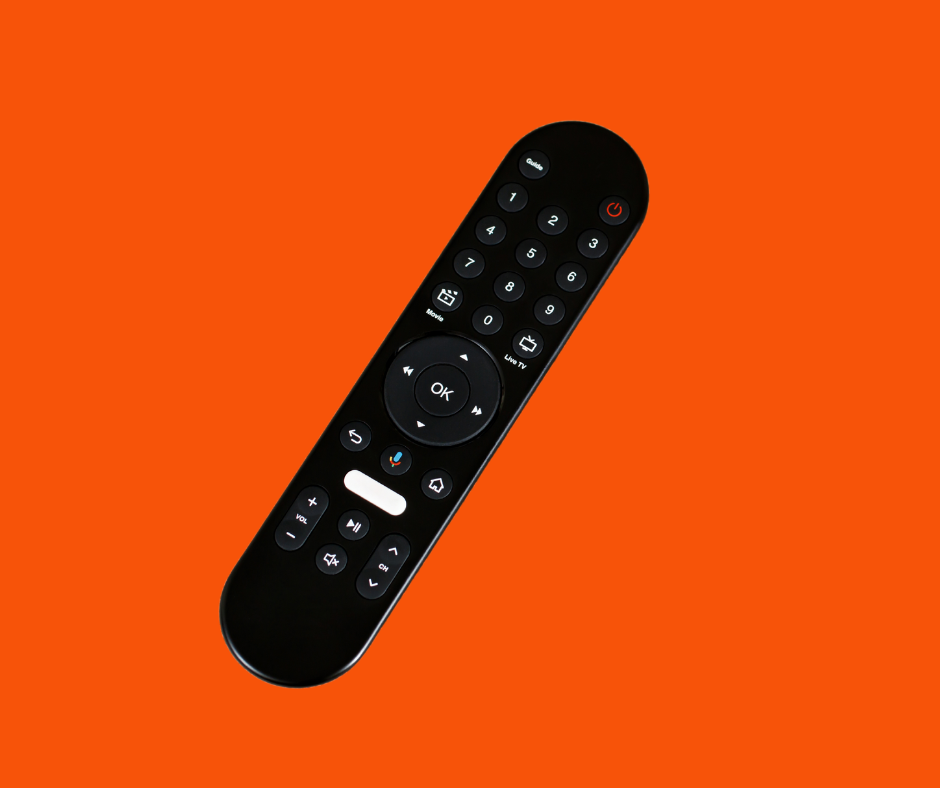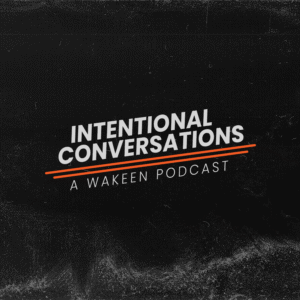In the sports world, two events stand out as behemoths in terms of audience reach and cultural impact: the Super Bowl and March Madness. These events captivate millions of viewers worldwide, drawing them into the excitement of competition and the camaraderie of shared fandom. However, when it comes to audience engagement, the two offer advertisers different advantages that can be broken down into two categories: REACH and FREQUENCY.
The Super Bowl: A Singular Spectacle
The Super Bowl is an event like no other in American sports culture. Held annually, it marks the culmination of the NFL season, drawing in not only die-hard football fans but also casual viewers attracted by the spectacle of the game, halftime show, and high-budget commercials. We talked about this in last month’s blog, but the audience reach of the Super Bowl set a record for viewership at 123 million in Feb 2024. One of the key factors contributing to the Super Bowl’s immense popularity is its status as a singular event. It occurs once a year, creating a sense of anticipation and exclusivity. This scarcity drives up viewership numbers as people gather to witness the spectacle, whether it’s for the love of the sport, the entertainment value, or simply to be part of a cultural phenomenon. Because of the large ratings, the Super Bowl does command a hefty price tag per 30-second spot but is limited in terms of overall frequency because it’s only one game.
March Madness: The Madness Unfolds
In contrast to the Super Bowl’s single-game extravaganza, March Madness unfolds over several weeks. This NCAA basketball tournament features 68 college teams competing in elimination games until a champion is crowned. While each game may not command the same level of viewership as the Super Bowl, the cumulative reach of March Madness is immense.
The beauty of March Madness lies in its frequency and format. With multiple games happening simultaneously and upsets occurring regularly, there’s a constant stream of action and drama for fans to immerse themselves in. This prolonged narrative keeps viewers engaged over an extended period, building momentum as the tournament progresses toward the Final Four. Over the past few years, some advertisers have flooded the tournament with high-frequency buying. The question is, can your media buy have too much frequency?
The Point of Diminishing Returns: Finding the Balance
Savy media buyers can leverage these sporting events efficiently if they understand the tipping point between strategic investment and indiscriminate spending. The massive reach of the Super Bowl may be worth the investment especially if the plan includes complimentary delivery that drives the effective frequency. The point of diminishing returns, an economic principle, does apply to media buying when increasing the reach and frequency of a campaign has no additional value. As OTT/CTV are purchased as impressions, frequency capping becomes crucial.
Frequency capping involves limiting the number of times an individual is exposed to a particular message or event within a given time frame. In the context of sports broadcasting, this could mean avoiding oversaturation by spacing out major events or diversifying content to appeal to different segments of the audience.
March Madness thrives on its continuous narrative, but excessive exposure could lead to viewer fatigue if not managed effectively.
Creativity Matters: Sports Fans Are Finicky
The effectiveness of messaging hinges not only on creativity but also on its specificity to the audience. Tailored messaging allows advertisers to leverage the emotional connection inherent in sports. Live sporting events also offer a unique opportunity to engage viewers in real time, tapping into the excitement and energy of the moment. By aligning messaging with the context of the event, advertisers can capture the attention of viewers and create a connection. With major sporting events like the Super Bowl or March Madness, the creative is just as important as the reach and frequency of the media buy. By understanding the audience, leveraging emotional connections, and capitalizing on contextual relevance, advertisers can appeal to the finicky fan bases and casual viewers alike.
Don’t miss the three at the buzzer. You can avoid the marketing ‘upset’ with reach, frequency, and messaging.





